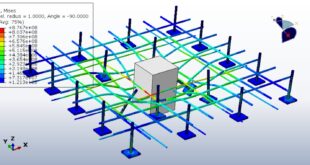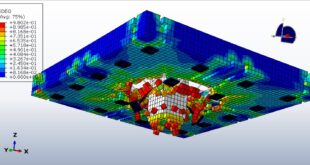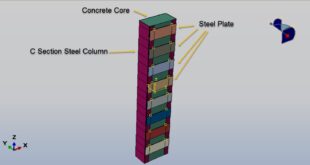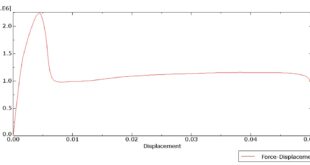The increasing threat of blast loads on critical underground infrastructure has necessitated advanced protective measures for tunnels. Ultra-High Performance Concrete (UHPC) has emerged as an excellent material for blast-resistant structures due to its superior strength and energy absorption capacity. When combined with Glass Fiber-Reinforced Polymer (GFRP) protection, UHPC tunnels can exhibit enhanced resistance to internal explosions
Numerical simulations using the Coupled Eulerian-Lagrangian (CEL) method in Finite Element (FE) analysis provide an efficient way to model the complex interactions between blast waves, tunnel structures, and protective linings. The CEL approach is particularly suitable for blast simulations as it avoids excessive mesh distortion by treating the explosive and air as Eulerian materials while modeling the tunnel structure as a Lagrangian domain
You can see assembled parts of the tunnel, GFRP, double steel reinforcements, soil, explosive charge, and the Eulerian domain below
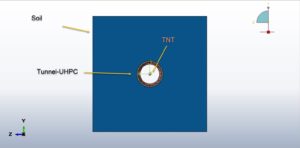
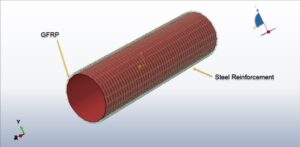
This study investigates the non-linear dynamic response of a subsurface UHPC tunnel reinforced with GFRP protection under internal blast loading using the CEL method. Key aspects include
Material modeling of UHPC (including damage plasticity) and GFRP (progressive failure criteria)
Blast-structure interaction using the CEL technique to simulate high-pressure wave propagation
Failure mechanisms of the tunnel lining under different blast scenarios
Material Models
UHPC: Concrete Damage Plasticity (CDP) model with strain-rate effects
GFRP: Hashin damage criteria for fiber-matrix failure
Explosive: Jones-Wilkins-Lee (JWL) equation of state
Steel Reinforcement: Johnson-Cook hardening and damage
Soil: Mohr-Coulomb plasticity
This study contributes to the design of blast-resistant underground structures, offering insights into the performance of advanced composite materials under extreme loading conditions. The CEL-based FE approach provides a robust framework for future safety assessments of critical infrastructure
After the simulation, all results such as stress, strain, GFRP damage, tension and compression damage of the tunnel, displacement, TNT wave propagation, and others. You can see some figures for the results below
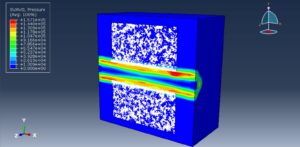
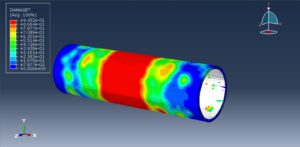
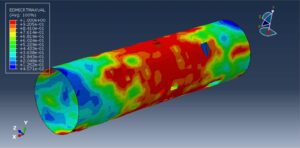
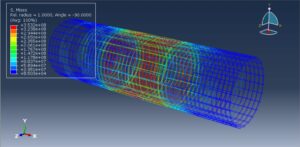
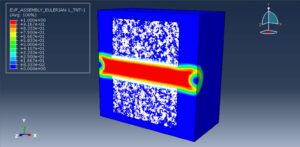
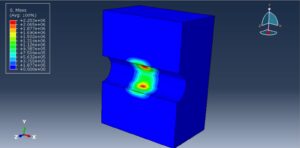

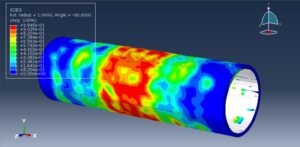
 Abaqus tutorials Abaqus tutorials
Abaqus tutorials Abaqus tutorials
